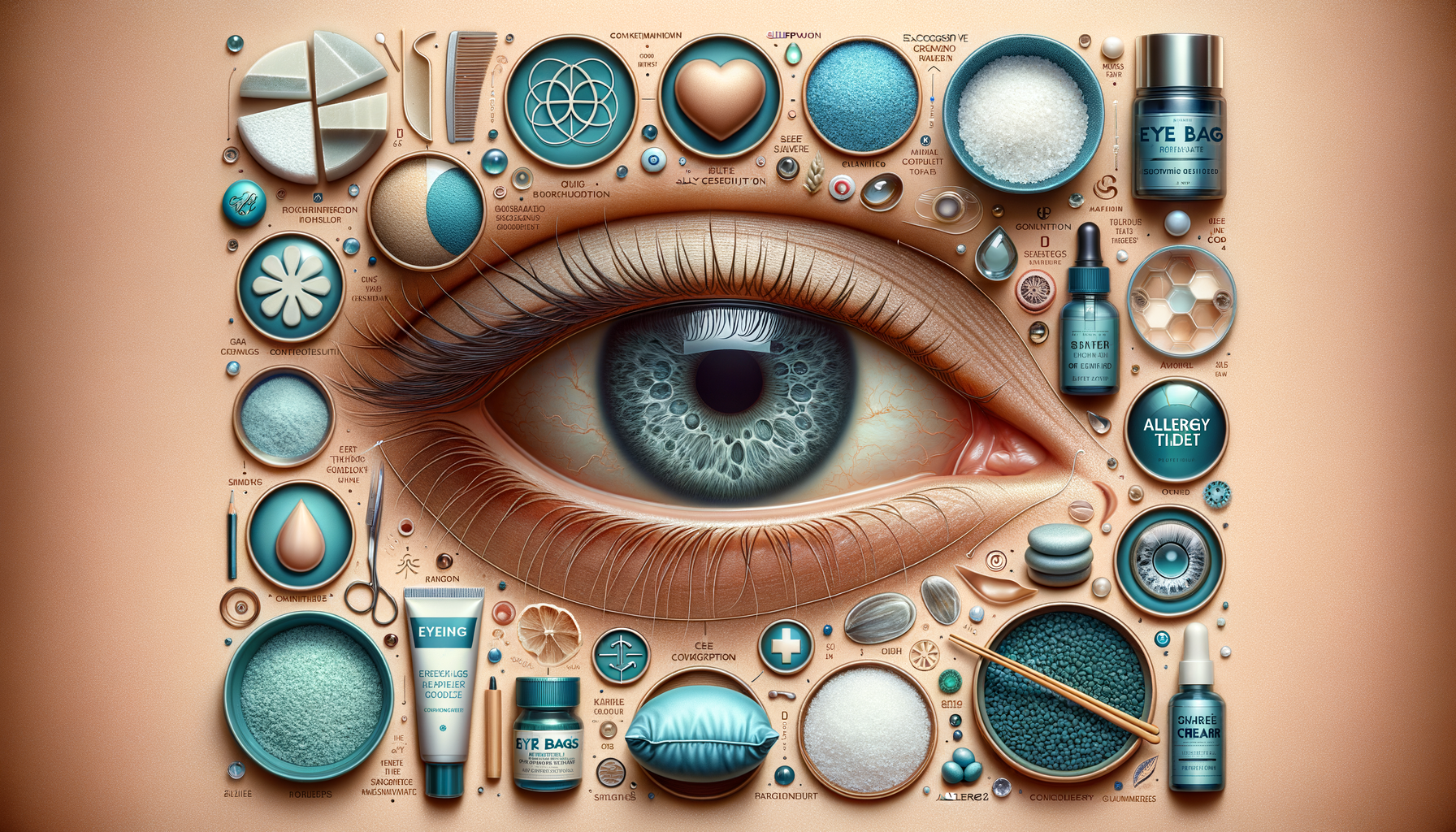
Understanding Eye Bags: Causes and Management Tips
Introduction to Eye Bags
Eye bags are a prevalent cosmetic concern that affects individuals of all ages. They manifest as puffiness or swelling under the eyes, often leading to a tired or aged appearance. Understanding the underlying causes and exploring management strategies can help individuals address this issue effectively. Eye bags not only impact one’s aesthetic appeal but can also influence self-esteem and confidence levels. This article delves into the various aspects of eye bags, providing insights and tips for managing them.
Causes of Eye Bags
Several factors contribute to the development of eye bags. Aging is a primary cause, as the skin loses elasticity and the muscles around the eyes weaken over time. This natural process allows fat to move into the lower eyelids, creating a puffy appearance. Additionally, fluid retention, often influenced by dietary habits or hormonal changes, can exacerbate swelling under the eyes. Lifestyle factors such as lack of sleep, stress, and excessive alcohol consumption can also lead to the formation of eye bags. Genetic predisposition plays a significant role, with some individuals more prone to developing eye bags due to hereditary factors.
Preventive Measures and Lifestyle Adjustments
Adopting a healthy lifestyle can significantly reduce the likelihood of developing eye bags. Ensuring adequate sleep is crucial, as it allows the body to repair and rejuvenate. A diet rich in vitamins and minerals, particularly those that promote skin health, can help maintain the skin’s elasticity. Reducing salt intake can prevent fluid retention, which contributes to puffiness. Staying hydrated is essential, as dehydration can cause the skin to appear dull and exacerbate the appearance of eye bags. Managing stress through techniques such as meditation or yoga can also have a positive impact on overall skin health.
Home Remedies and Treatments
Several home remedies can help alleviate the appearance of eye bags. Applying cold compresses or chilled cucumber slices to the eyes can reduce swelling and soothe the skin. Tea bags, particularly those containing caffeine, can constrict blood vessels and reduce puffiness. Over-the-counter creams and serums containing ingredients like retinol or hyaluronic acid can also be effective in tightening the skin and improving its appearance. For more persistent cases, consulting a dermatologist for professional treatments such as laser therapy or chemical peels may be beneficial.
Conclusion: Embracing Self-Care
While eye bags are a common concern, understanding their causes and exploring management options can empower individuals to address them effectively. By incorporating preventive measures, lifestyle adjustments, and suitable treatments, one can significantly reduce the appearance of eye bags. It’s essential to embrace self-care and prioritize skin health, as this not only enhances physical appearance but also boosts self-esteem and confidence. Remember, the journey to healthier skin is a gradual process, and consistency is key to achieving lasting results.